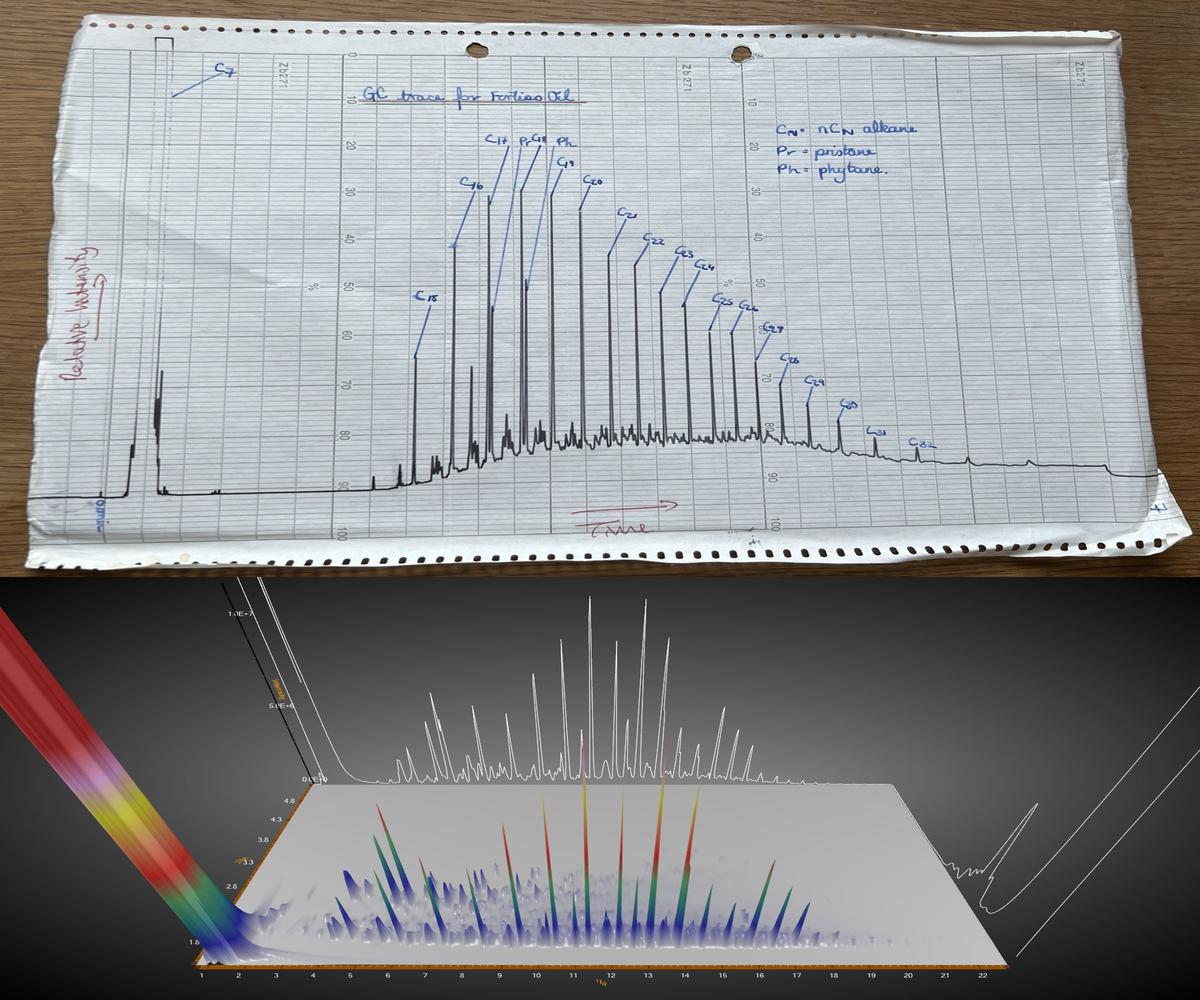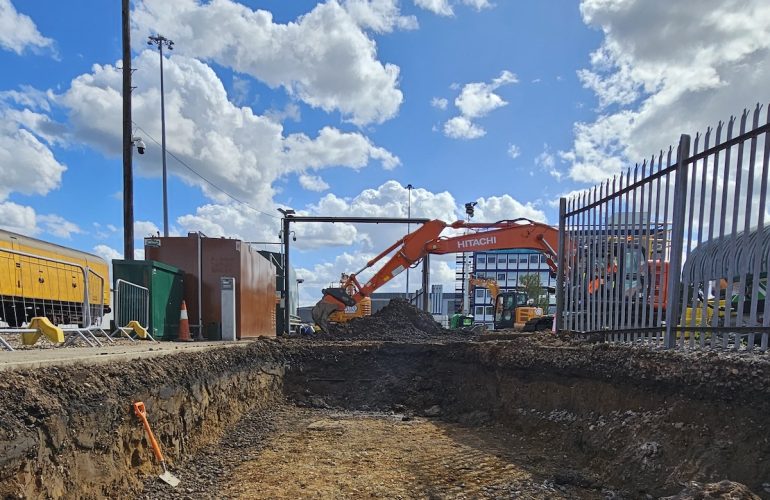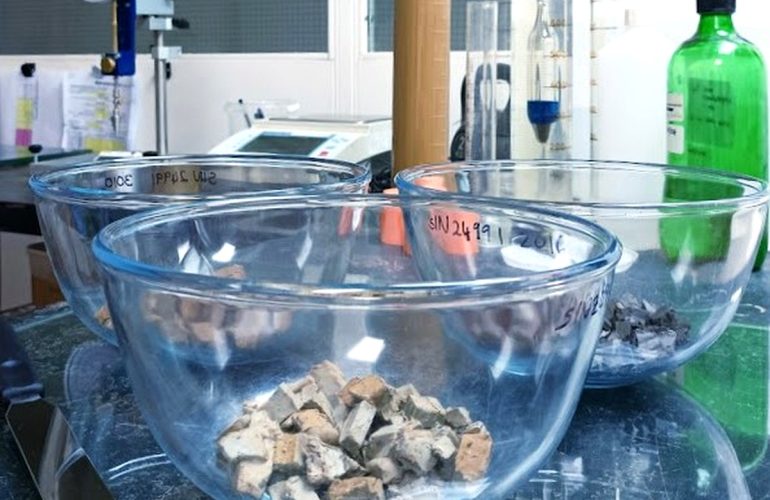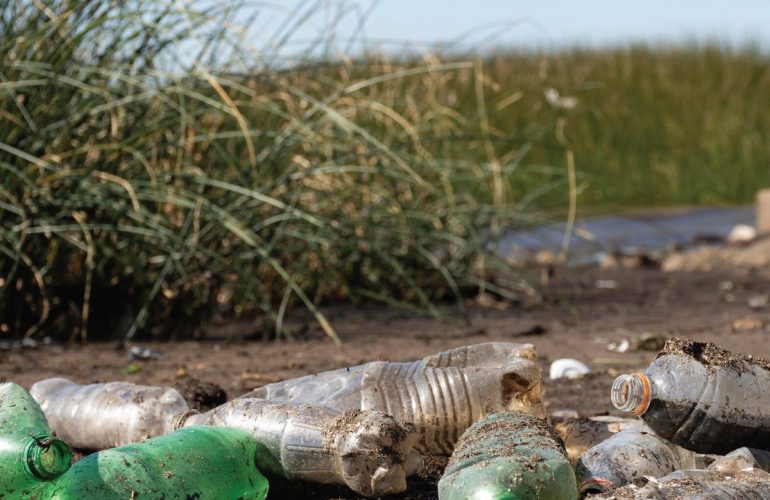By Kate Clark – Laboratory Manager
While going through some of my old undergraduate lab notes recently, I came across a real blast from the past. It was a gas chromatogram of crude oil, plotted the traditional way with a pen plotter on continuous feed paper.
A quarter of a century later I am still using gas chromatography every day. Today our laboratory uses comprehensive two-dimensional gas chromatography (GC×GC), which allows us to separate aliphatics from aromatics with incredible precision. We also have automated quantification tools that carry out the integrations I once spent hours completing by hand.
What has not changed is the importance of these chromatograms. They remain central to our hydrocarbon testing, whether we are analysing petrol, diesel, lubricating oils or heavier crude fractions. By studying soil and water samples from our site investigations we can identify the hydrocarbons present and determine their concentrations with confidence. This information underpins our remediation strategies and risk assessments.
It is remarkable to see how the technology has advanced, but reassuring to know that the principles we learned years ago continue to provide the foundation for the work we do today.
From pen plotters to 3D chromatographic landscapes, chromatography remains at the heart of environmental forensic analysis.




